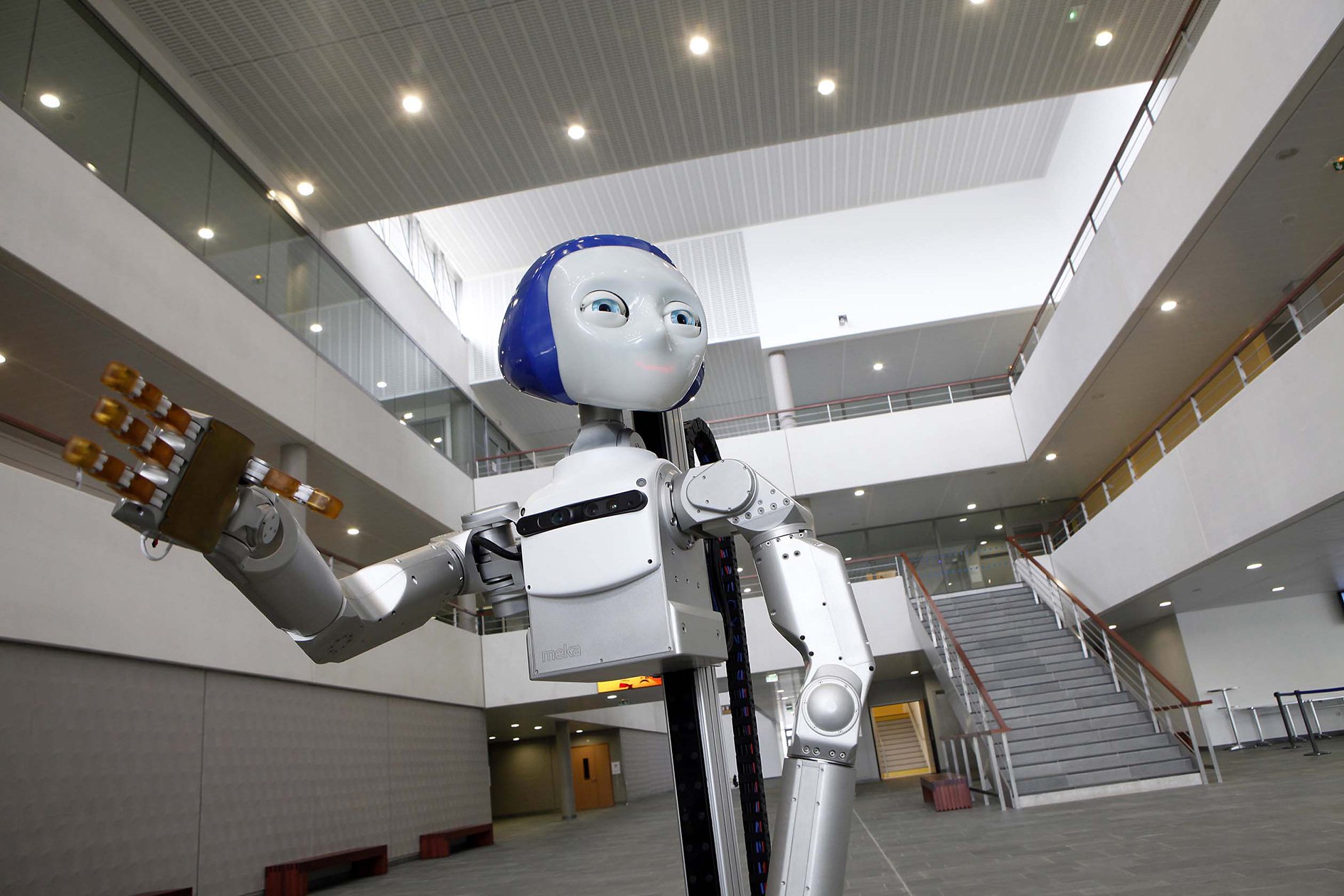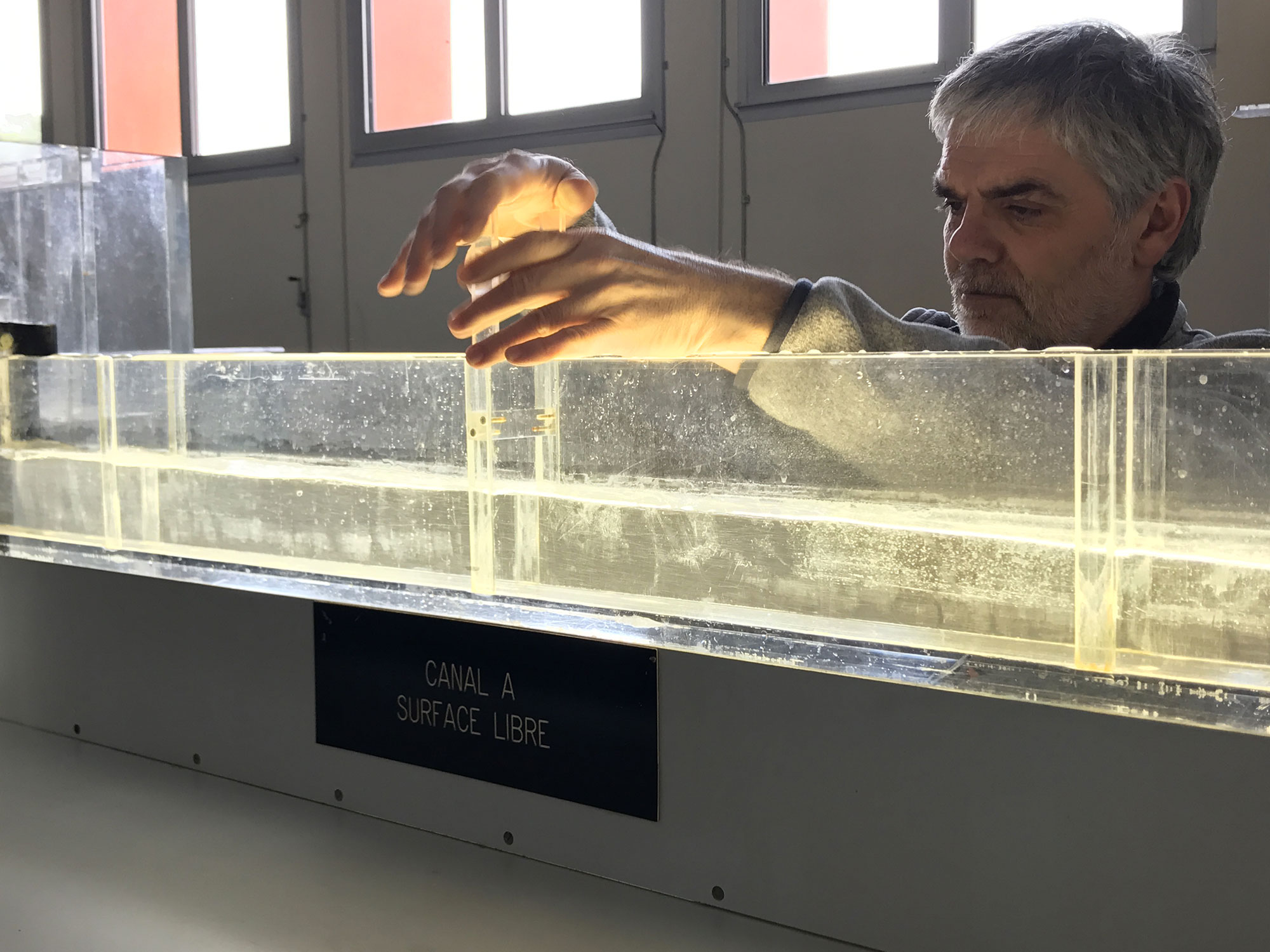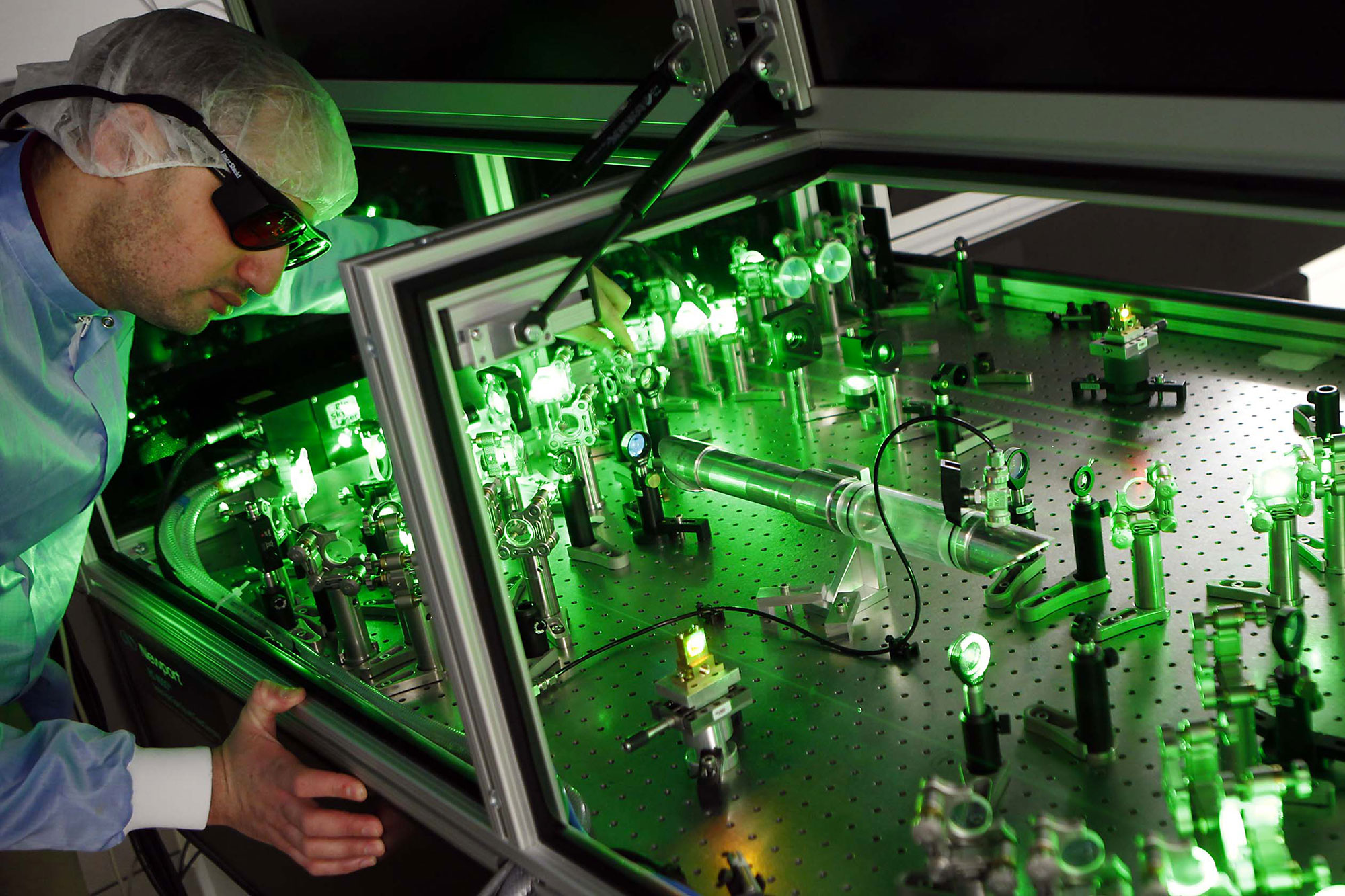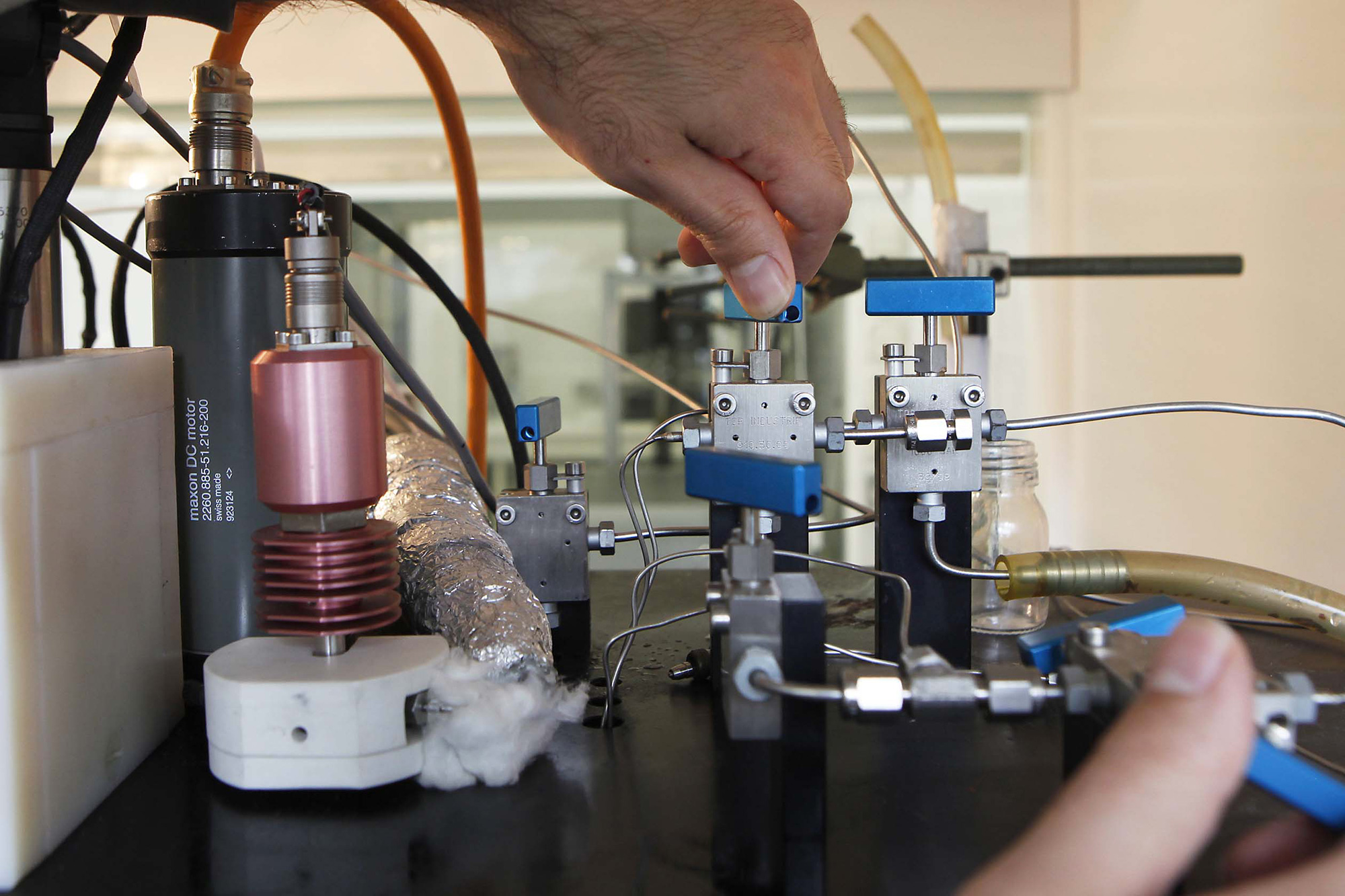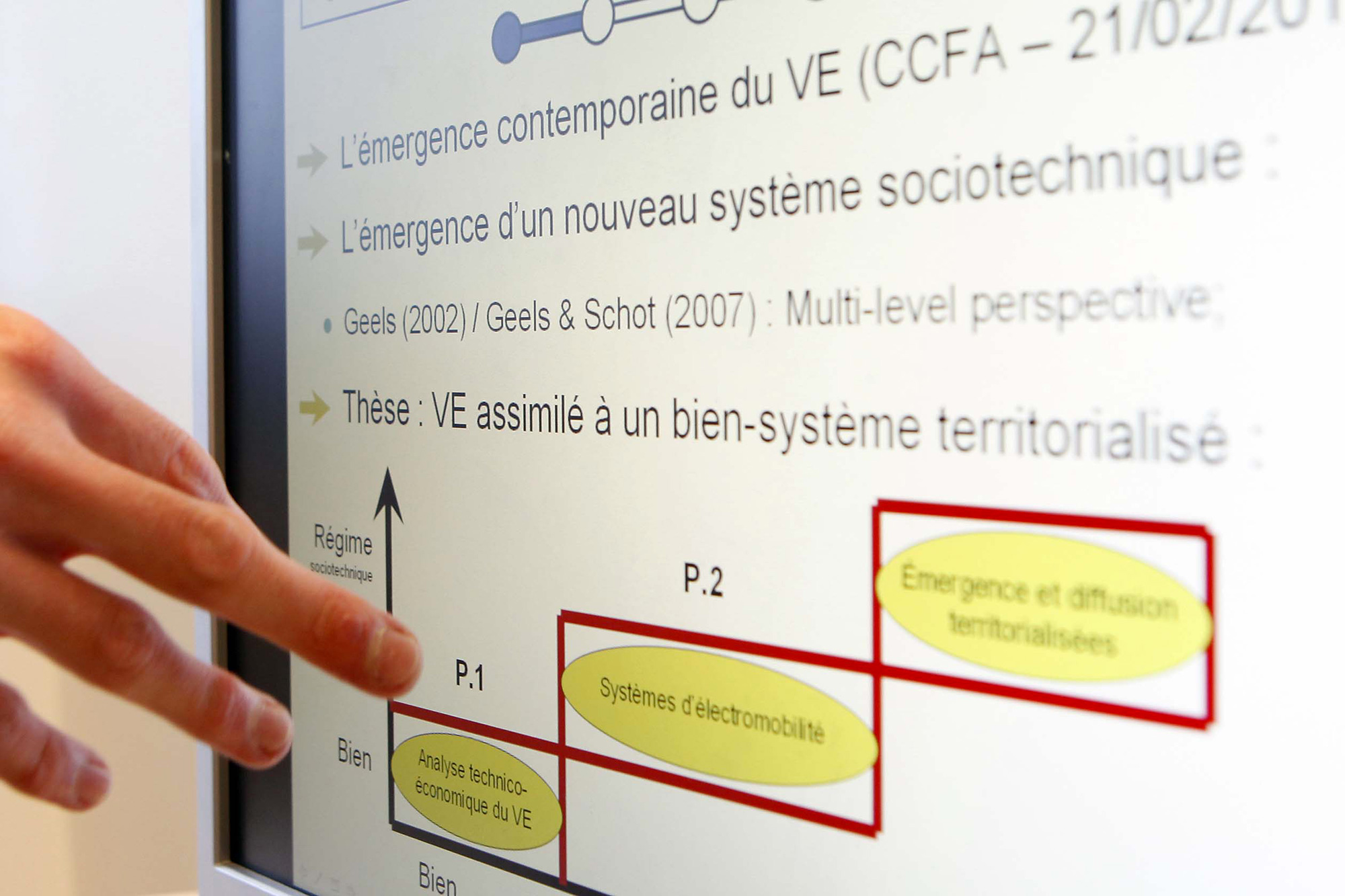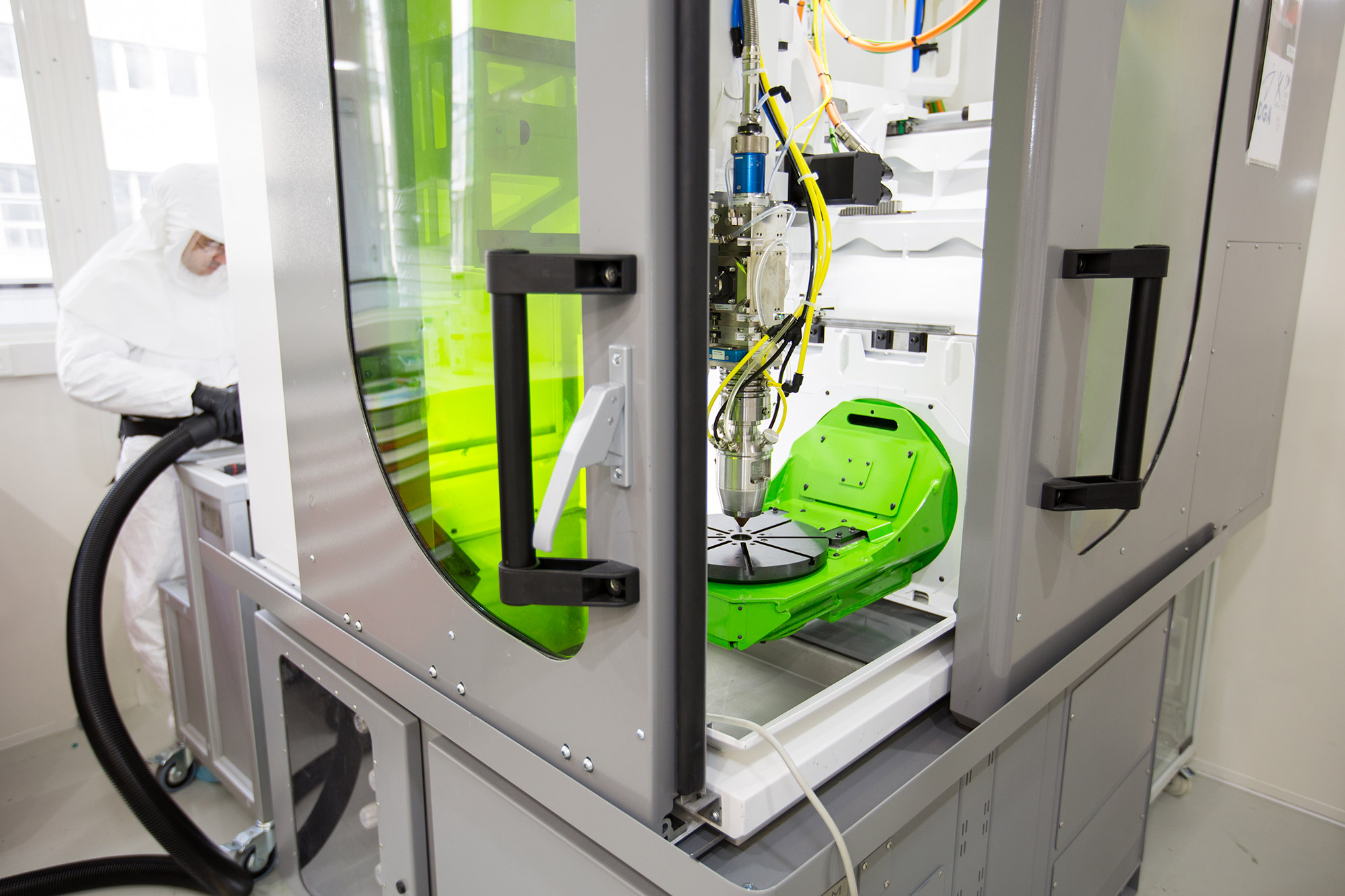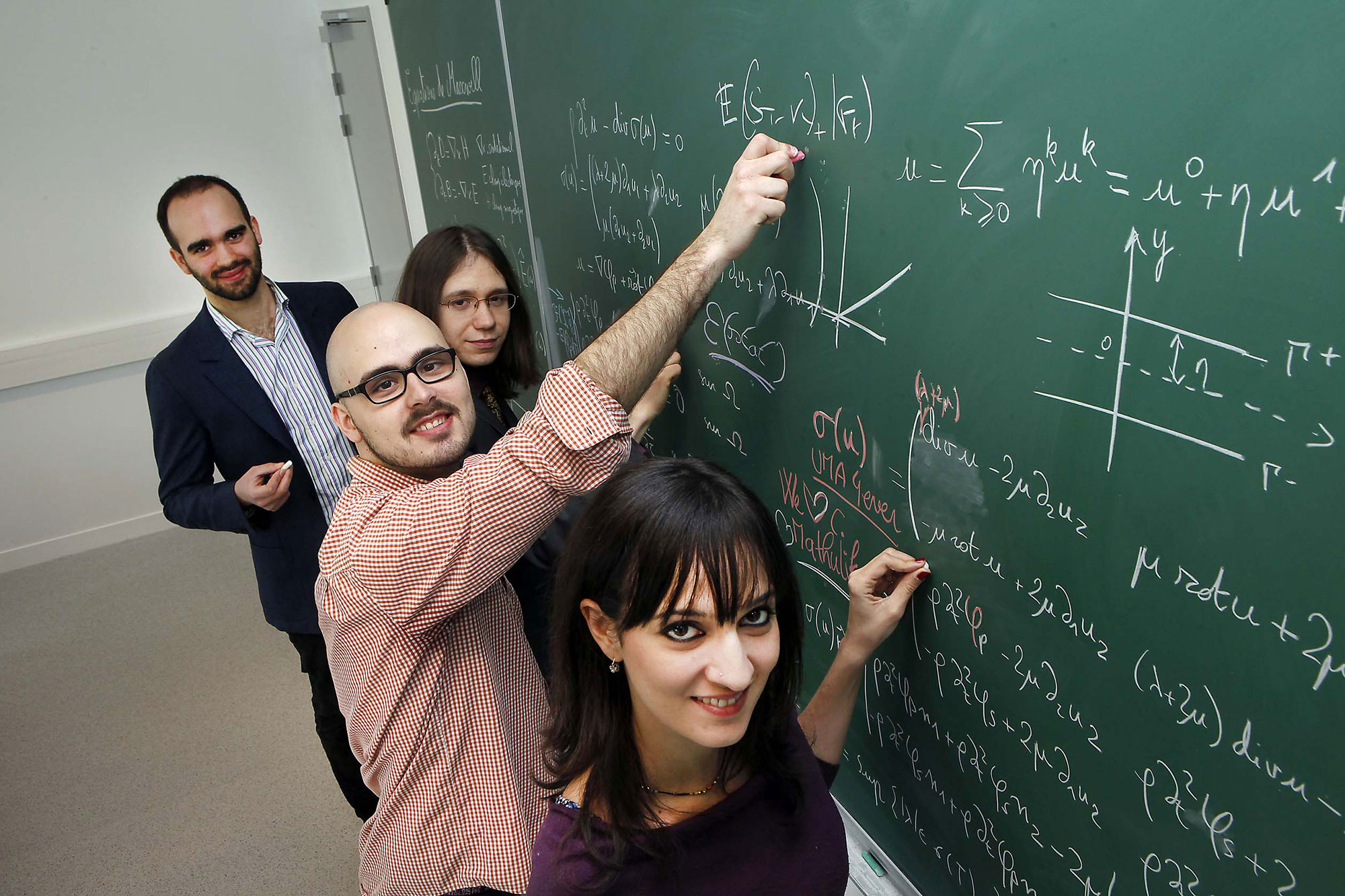The Chemical Engineering Laboratory
The Chemical Engineering Laboratory (UCP in french) is made up of three research groups, namely the Process Engineering Group (GDP), the Organic Synthesis and Reactivity Group (SOR) and the colloidal systems in industrial processes group (SCPI), affiliated with the Centre des Matériaux of Mines ParisTech, which has specific expertise in the area of nanoparticle synthesis.
The Computer Science and Systems Engineering Laboratory
The Computer Science and Systems Engineering Laboratory (U2IS in french) conducts its research work in the field of complex artificial systems. It unifies the School’s research work in computer science, robotics, vision, embedded systems, signal and image processing.
The Applied Mathematics Department
The Applied Mathematics Department of ENSTA Paris has two missions: one is a research mission and the other one a teaching mission (conception and teaching). The research activities of the lab are based on a common tool: the Mathematics and are related to few Applied Mathematics topics such as Partial Differential Equations, Dynamic systems, Optimal control, Continuous and discrete optimisation, Stochastic analysis, Numerical methods and various application domains adressed: Electromagnetism, Elastodynamics, Aeroacoustics, Astrophysics, Quantitative finance, Large scale optimisation ... These activities are grouped in three teams: Inversion of Differential Equations For Imaging and physi X (IDEFIX), Optimisation and Control (OC) et Propagation des Ondes, Etude Mathématique et Simulation (POEMS).
The Mechanical Engineering Department
Research activities at the Mechanical Engineering Department (UME in french) are characterised by a strong interdisciplinarity between the mechanics of fluids and solids: thermo-mechanical and multiphysics coupling, fatigue and durability of materials and structures, vibro-acoustics and nonlinear vibrations, flow separation and turbulence, geophysical fluids and oceanography. Since 2015, the Mechanical Engineering Department has also been part of the Institut des Sciences de la Mécanique et Applications Industrielles - IMSIA (A Joint Research Department EDF-ENSTA-CNRS-CEA 9219).
The Applied Optics Laboratory
This laboratory is a joint ENSTA Paris, CNRS, and École Polytechnique research unit (Joint Research Unit (UMR) 7639) Its scientific work focuses on the development of ultra-short (10-15 s) and very high-power light pulses, the physics of laser-matter and plasma interactions, as well as the production of radiation beams (UV, XUV, X) and energetic particles (electrons, protons).
The Applied Economics Department
This unit is in charge of teaching in the disciplines of law, economics and management and carries out its research mission within the i3-CRG (Interdisciplinary Institute of Innovation i3 - CRG Ecole Polytechnique - CNRS) in order to contribute to the collective research of UMR 9217, alongside the teams of CRG (X), CGS, CSI, CERNA (Mines) and DSES (Telecom), within the Management and Social Sciences Department of the Institut Polytechnique de Paris. The UEA's teaching and research activities cover transversal or specific themes: general and industrial economics, consulting, management and economics of R&D and innovation (including dual military/civilian), entrepreneurship, mobility, energy. The ADEME, the French Ministry of the Armed Forces, the Defense Innovation Agency, Incuballiance, the European Commission and SAFRAN collaborate with the UEA.

